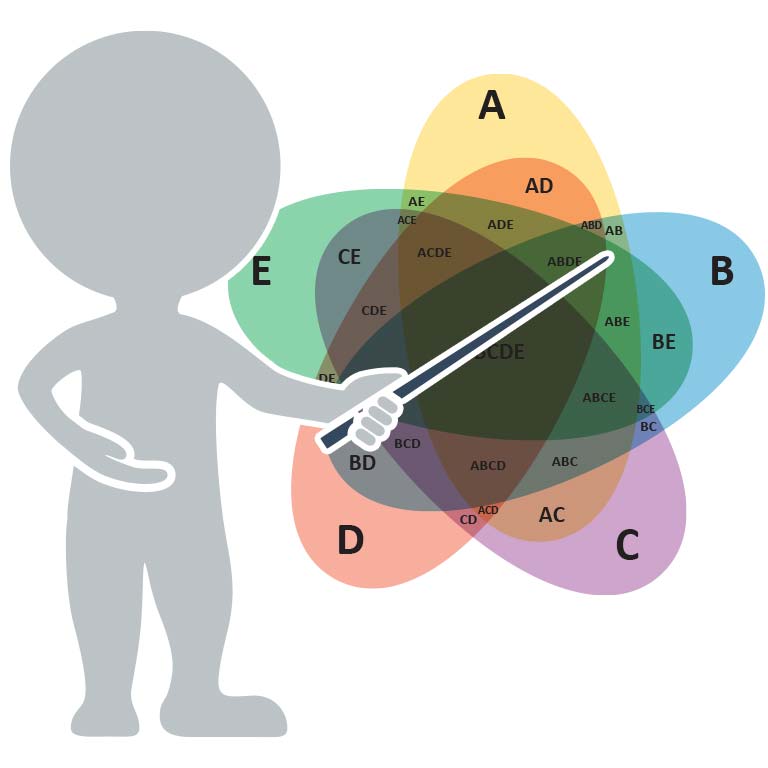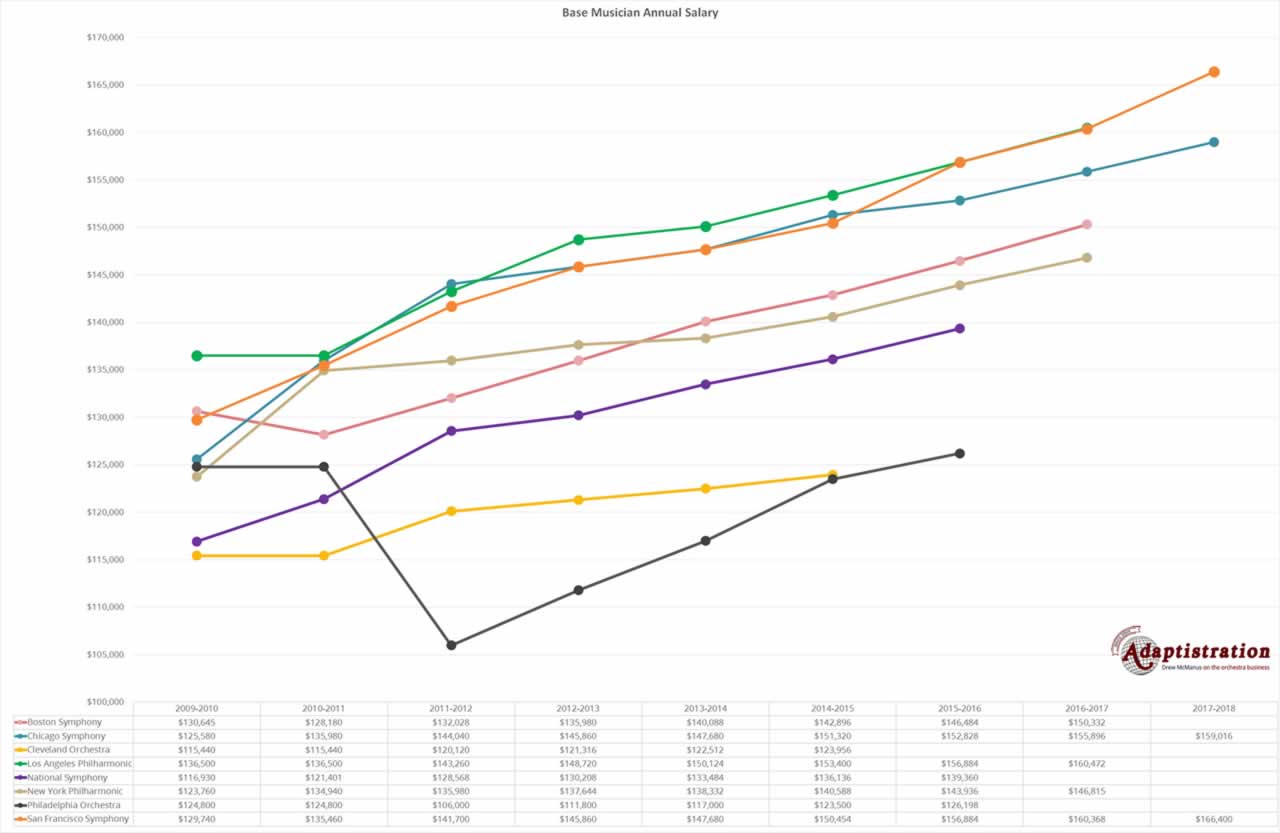Recently, I received a note from a reader who described himself as a dedicated orchestra patron. He wrote to me asking about some news his local orchestra sent to him…
This particular message was to notify registered patrons that the organization had recently calculated that they reached 100 percent of their ticket sales goal for 2006 portion of the 2006-2007 season. The problems, wrote the patron, were that he and his wife were confused by the notice because they’ve attended all of their orchestra’s classical and pop subscription concerts and have not noticed that the hall was ever sold out. In fact, they agreed that the hall has never looked so empty.
This patron went on to ask why would their orchestra be so enthusiastic to announce a 100 percent sales goal when on-site attendance looked so bleak. I wrote back to this individual saying that, at best, percentages are relative. Although they aren’t inherently inaccurate, they simply depend on point of reference.
I directed this patron to an article published here back in March, 2005 about how any organization can use percentages to report honest gains or spin negative information. In the meantime, I encouraged the patron to contact their orchestra and find out some information that would allow him to do some basic calculations which will result in his being able to determine if he is pleased with the organization’s direction:
1. Request sales figures, not percentages.
For example, how many paid tickets did your orchestra include in the 100 percent sales figure and how does that compare to the number of overall paid tickets available for each performance?
2. How do the figures for the current season stack up to seasons from one to ten years ago?
Orchestras may say that they are selling more tickets this year than last but how does that stack up to five or ten years ago? Ticket sales may be getting better but are they still lower than five years ago and if so, are they increasing at a rate you are comfortable with?
3. Don’t get drawn into vague references.
I remember talking with two orchestra marketing directors, each once claiming they were performing for more patrons now than in their organization’s history. However, one was referring to paid ticket sales and the other was spinning numbers to make them sound better than they really were.
In the first case, the marketing director said that her organization recently added an additional classical series because they were selling at least 1995 out of a possible 2100 seats for each concert event (or 95 percent). As such, they had to turn away enough ticket buyers that the management and musicians were able to reopen their collective bargaining agreement and rework it to include the additional concerts. After a year of running the new concerts, the organization was still selling around 1820 out of 2100 seats for each concert (or 86 percent). So, even though the average attendance went down, the overall number of patrons increased quite a bit. Furthermore, the marketing director said that for the following season (which is this current season) their sales goals were to get every classical series concert back up to 95 percent.
In the second case, it took some prodding but I eventfully discovered that the increased audience the marketing director was referring to included estimated numbers of radio listeners from a new local radio broadcast. Although it is good that this orchestra now has a radio broadcast, those listeners certainly can’t be included in sales numbers. In fact, the actual number of tickets sold per concert for this orchestra’s season in question was actually lower than the previous year.
I never heard back from the patron so I don’t know if he ever went through with asking his organization for sales figures etc. Nevertheless, if he does go through the process, I would be interested to know what he experiences.



In San Antonio, to have met the organizations “sales goal” for any given concert usually means that at most 80% of the house sold (subscriptions and single tickets) many times it is much less than that. I would imagine that meeting total subscription sales for any given season would be a much smaller percentage of total available seats in the hall.
Not that I am endorsing such a goal although the statement – “under promise and over deliver” seems to be the mantra, it is not hard to achieve if your goals are set too low to begin with.